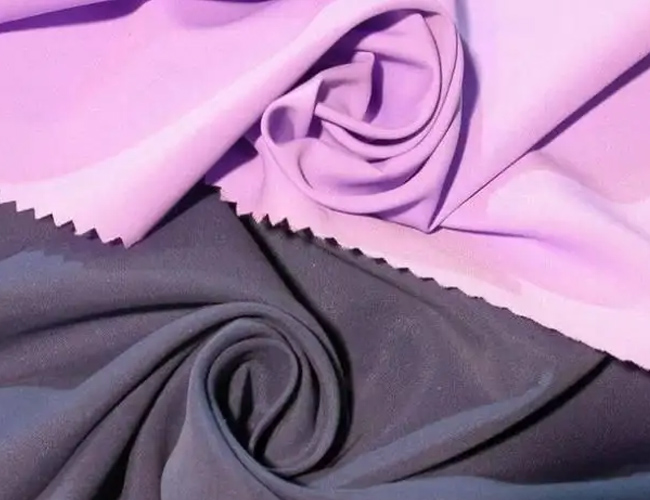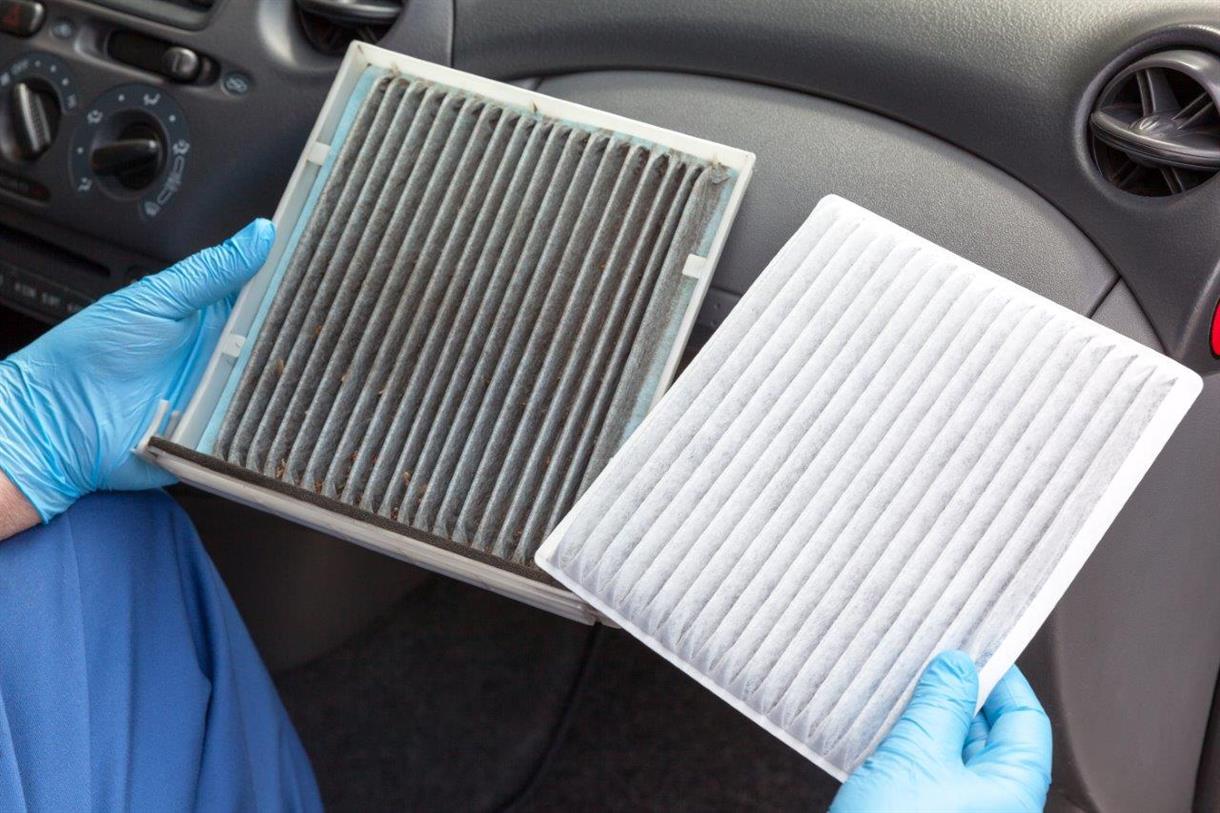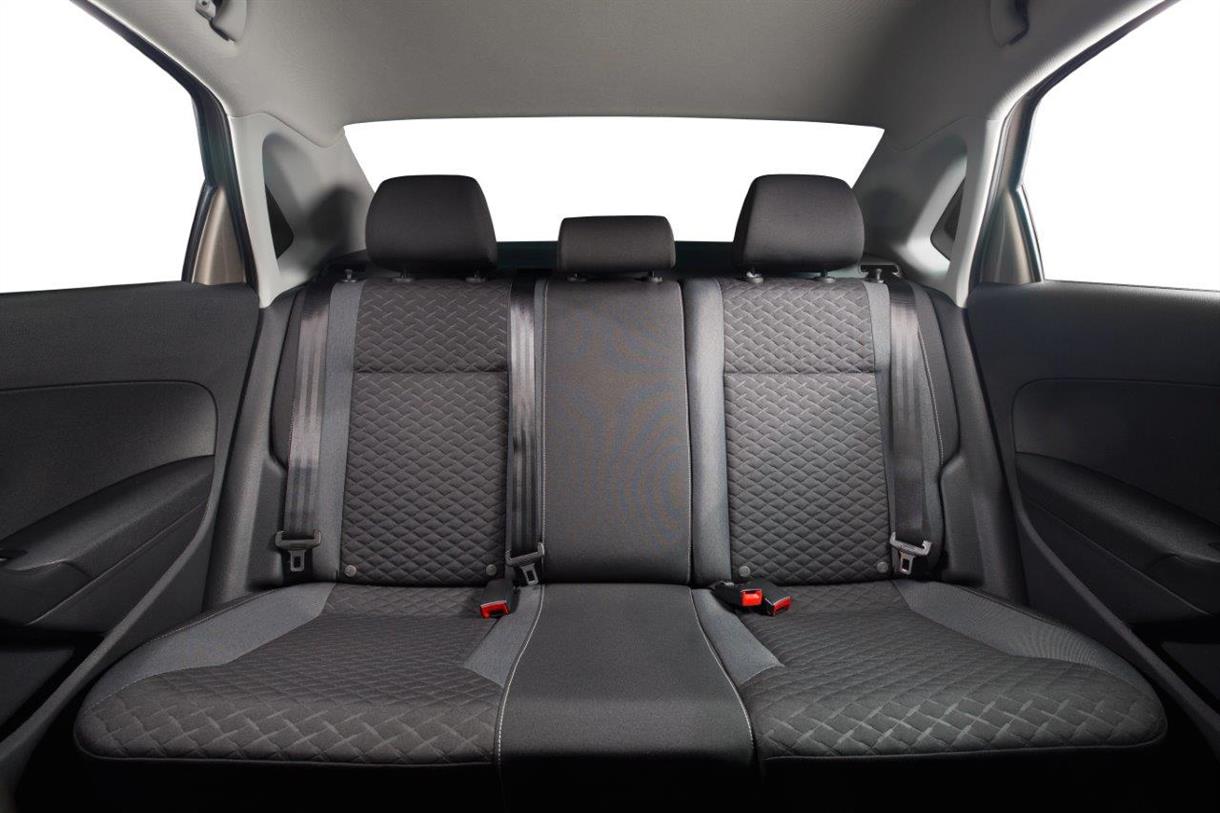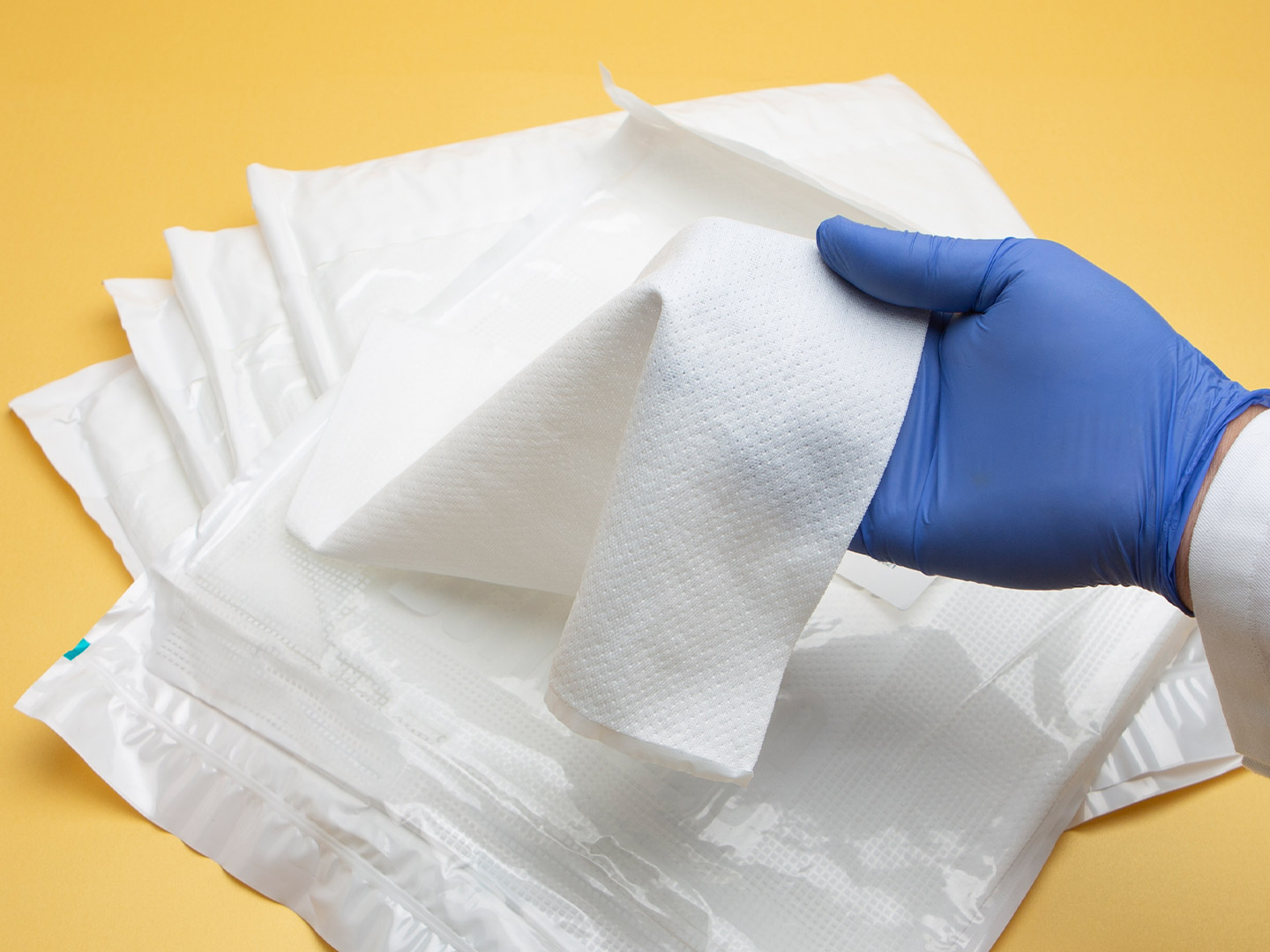
Polyester chemical name polyester fiber, in the textile market is extremely widely used, and polyester fabric clothing has been more and more people like, but polyester fabric in the end is good, what is polyester fabric, what are the advantages and disadvantages? Such questions can still make many people confused, today we will give you an analysis of the advantages and disadvantages of polyester fabric so that we have a more in-depth understanding of polyester fabric.
The advantages of polyester fabric.
1, polyester is a high strength fiber, short fiber strength between 2.6 to 5.7cN / dtex, high strength fiber between 5.6 to 8.0cN / dtex, how high is the strength? Simply put, it will be about 20 times higher than viscose fiber.
2, super elasticity is another advantage of polyester fabric, elasticity and wool equivalent, fold or rub polyester can soon recover, a little wrinkle will not leave, few fabrics will have such high elasticity.
3, polyester heat resistance in the chemical fiber fabric is the best, but also has a good plasticity, suitable for pleated skirt production, without too much ironing can be very good to maintain the pleats.
4, light resistance is also not bad, and the degree of light resistance exceeds that of natural fibers, high light resistance makes polyester fabric can be exposed to the sun.
5, chemically stable, not easy to be acid or alkali corrosion, clothes dirty can be cleaned with bleach, even in a humid environment polyester fabric is not easy to mildew.
Disadvantages of polyester fabric.
1, polyester fabric is not easy to dye, which brings some trouble to fabric dyeing manufacturers.
2, poor resistance to solubility, spray to soot sparks and other substances easy to break the hole, so try to avoid activities in such occasions.
3, because of the poor moisture absorption usually polyester clothes will be more stuffy to wear.
4, polyester is a synthetic fiber, synthetic fibers can not avoid the problem of pilling.
Polyester fabric has many excellent textile properties and taking properties, a wide range of uses, can be purely woven, but also with cotton, wool, silk, linen and other natural fibers and other chemical fibers mixed interwoven, made of a wide range of colors, firm and scratch, easy to wash and dry, non-iron and washable good performance of imitation wool, imitation cotton, imitation silk, imitation linen fabrics. Polyester fabrics are suitable for men and women shirts, outerwear, children's clothing, interior decorative fabrics and carpets. As polyester fiber has good elasticity and fluffiness, can also be used as cotton wool. In industry, high strength polyester fiber can be used as tire cord, transportation belt, fire hose, cable, fishing nets, etc., can also be used as electrical insulation materials, acid-resistant filter cloth and paper blankets, etc.. Polyester fiber non-woven fabric can be used for interior decorations, carpet backing, medical industry with cloth, wadding, lining, etc.. Polyester fiber has excellent wrinkle resistance, elasticity and dimensional stability, good electrical insulation properties, sunlight resistance, friction resistance, no mold, no moth, good resistance to chemical reagents, resistant to weak acids and weak alkalis. At room temperature, it has certain ability to resist dilute strong acid, and poor resistance to strong alkali. The dyeing performance of polyester is poor, generally must be dyed with disperse dyes at high temperature or with the presence of a carrier. Therefore, polyester fabrics are becoming more and more popular in the apparel market today.
Examples of Polyester Products.
At present, polyester sun fabric is still popular in the market. This fabric not only has the advantages of sun shading, light transmission, ventilation, heat insulation, UV protection, fireproof, moisture proof and easy to clean. And it is a very good fabric, mainly used in garment manufacturing.
Classification of polyester fabrics.
Polyester fabric is mainly divided into two categories, which are polyester staple fiber fabric and polyester filament fabric.
Polyester staple fiber fabric
By physical division
High, medium, low strength medium extension type, high modulus type, high strength high modulus type.
Divided by processing requirements
Cotton type, wool type, hemp type, silk type.
By application
Apparel, wool, decorative, industrial.
By function
Cationic dyeable, moisture absorption, flame retardant, colored, anti-pilling, anti-static.
According to fiber cross-section
Shaped yarn, hollow yarn
Polyester filament fabric
Virgin wire
Unstretched wire, Semi-taken wire, pre-taken wire, highly taken wire.
Drawn wire
Stretched wire, fully stretched wire, fully taken wire.
Deformed Wires
Conventional deformed wire, stretched deformed wire, air deformed wire.
Q: Does polyester fiber belong to natural fabrics?
A: Polyester (polyester), also known as polyester (PET), is a chemical fiber, not a natural fabric.
Q: Polyester fabric is thin or thick
A: polyester fabric is thick or thin, it is not easy to say, simply know the material of the fabric, do not know the fiber thickness, warp and weft density is no way to determine the thickness of the fabric.
Q: polyester fabric is not that smooth water impervious to that?
A: You said smooth, may be polyester, may also be nylon, can be.
Q: Polyester fabric is what harm to the body?
A: Not harmful to the body, polyester is polyester. Chemical name: polyethylene terephthalate. Theoretically speaking, the molecular weight is very large, will not be absorbed by the body, very environmentally friendly.
Well, the knowledge of what polyester is the fabric to everyone here, I hope that after reading this article to help you.
All Rights Reserved: https://www.groupgf.com/info-detail/polyester-fabric
Copyright Notice: This is an original (translated) article from G&F Group Inc., please indicate the source from G&F Group Inc.. If there is any infringement, please contact us first.
 Nonwovens in daily life ----- filtration
Nonwovens in daily life ----- filtration
 Nonwovens in daily life ----- automotive
Nonwovens in daily life ----- automotive
 What is SAP – superabsorbent polymers
What is SAP – superabsorbent polymers
 The Future of Global Nonwoven Wipes to 2029
The Future of Global Nonwoven Wipes to 2029